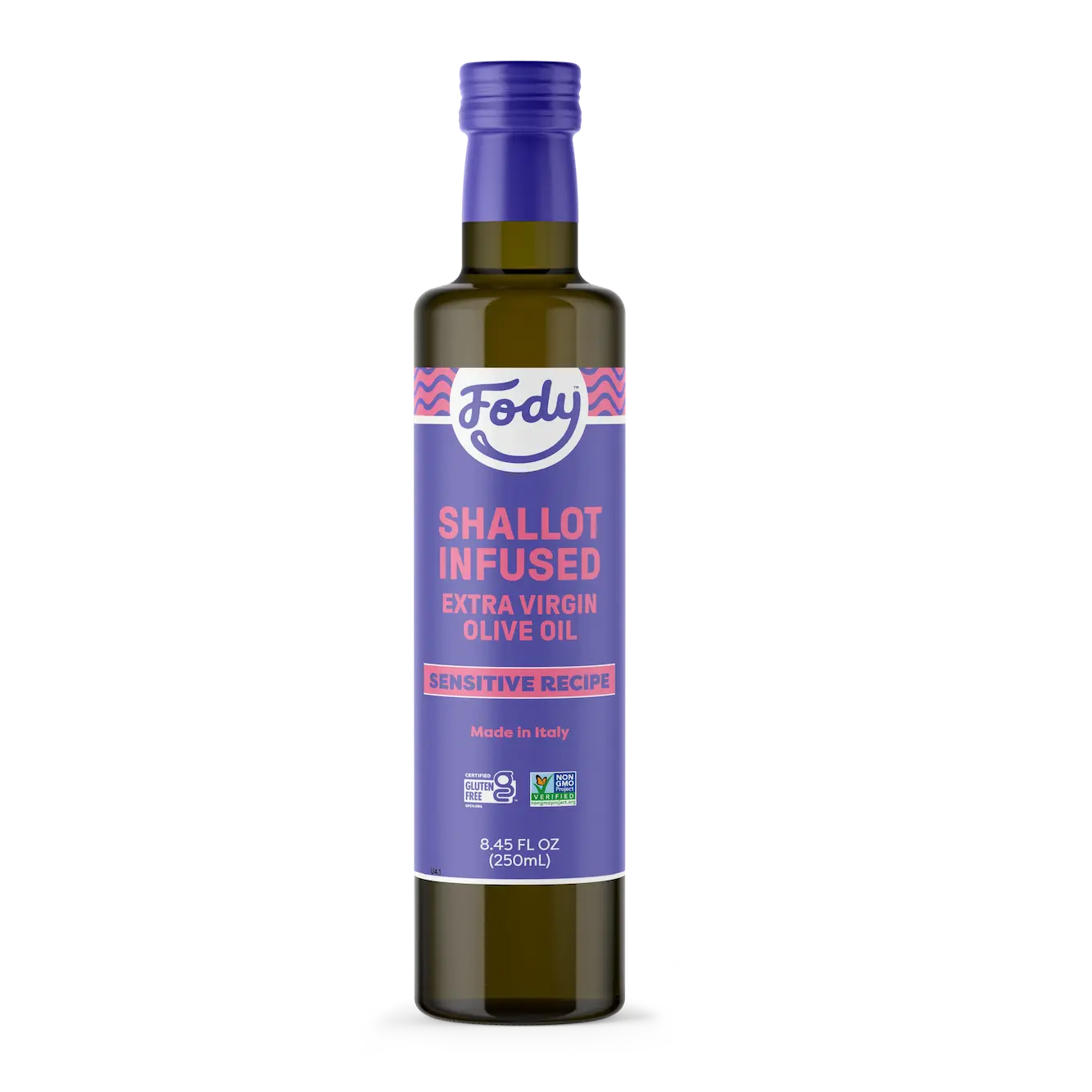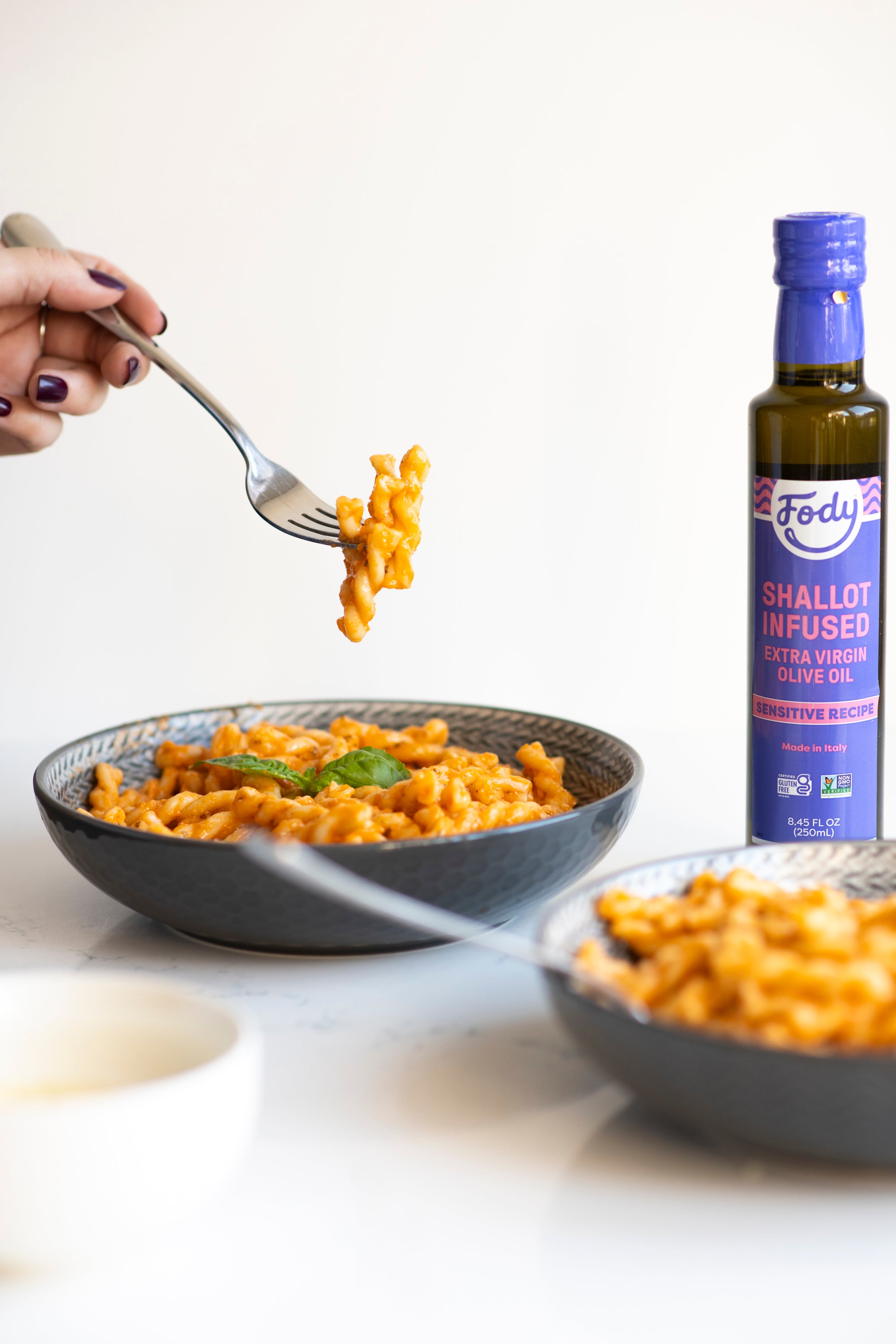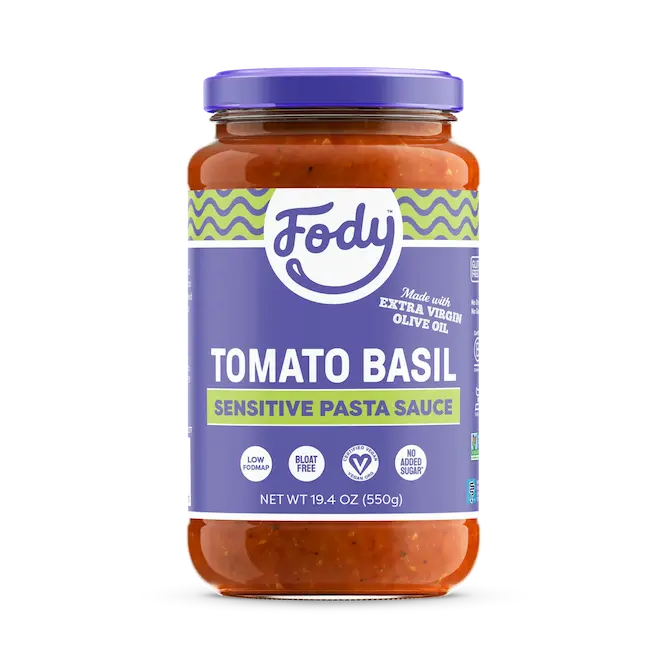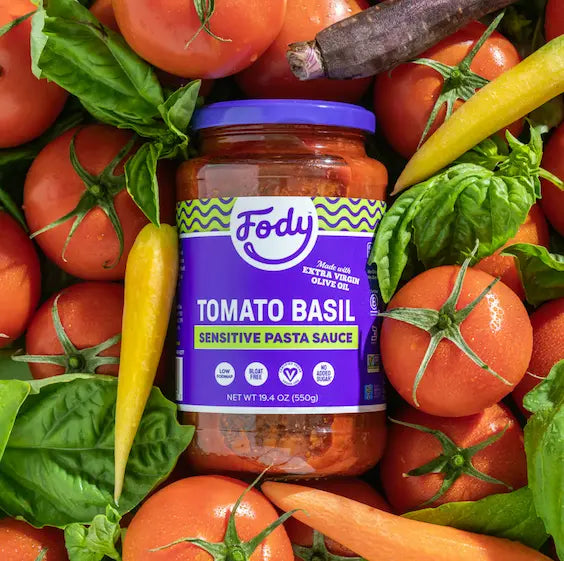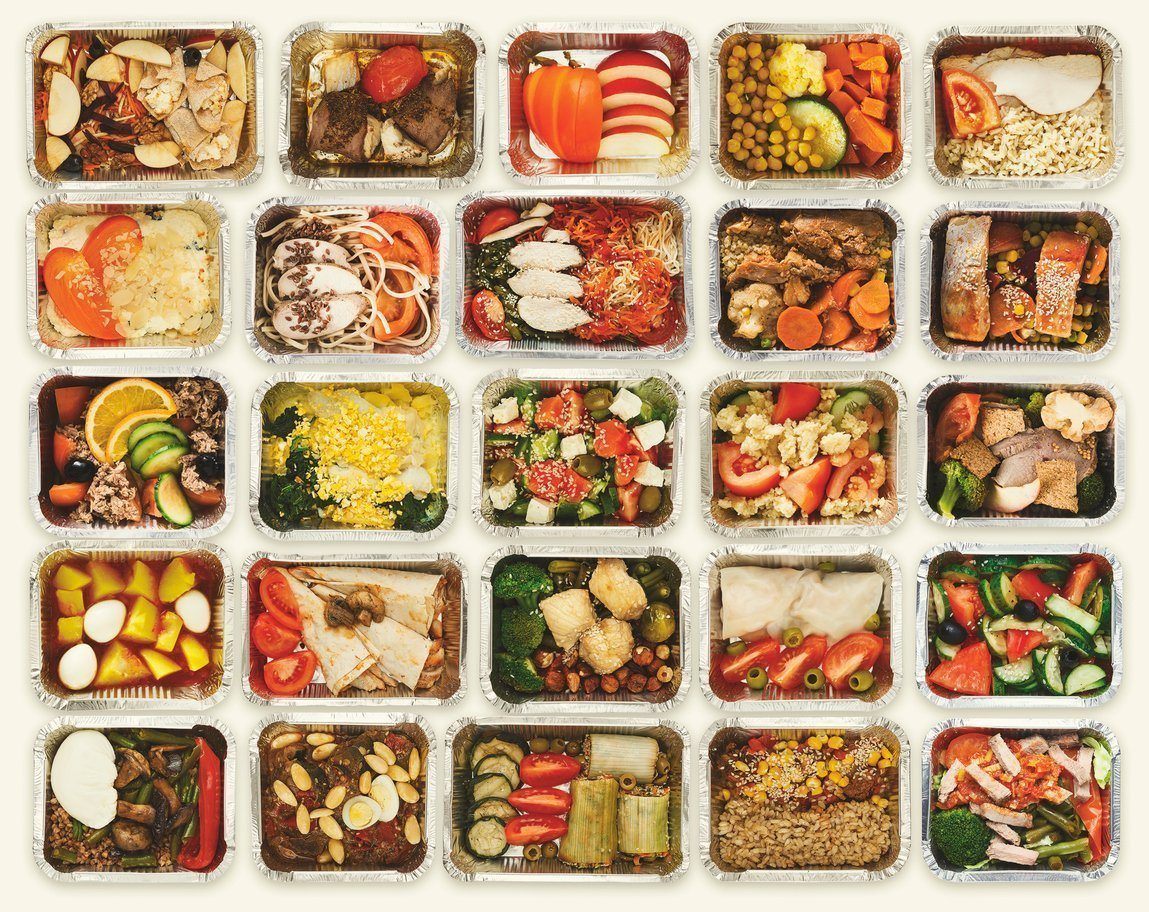

7 Low FODMAP Meal Prep Tips For Stress-Free Eating
We all know that feeling of excitement when you’re on your way home from a long day at work and you know someone else is making dinner tonight. What a relief!
We also know the feeling of coming home after a long day at work and discovering that no one has made dinner, and there’s nothing to eat. Then you order in and it’s challenging to find food that won’t blow up your stomach, and, if done regularly, it can mess with your budget. Overall, it’s more stress than you need in your life.
With meal prep, you’re in control. Planning and preparing the week’s meals ahead of the time is a great way to save money and make sure the food you’re eating suits both your dietary restrictions and what you think is tasty.
We know that the idea of meal prep can seem overwhelming. It’s a lot of planning, we know. But fear not! We have some tips for getting started.
1. Pick the Best Day
No one knows your schedule like you do. Different meal prep days work for different people. Some people even have two a week. Look at your regular activities and find a time that’ll work well for you every week and try to stick to it. Making it part of your weekly routine will help.
2. Stock Your Pantry and Fridge with Staples
A great place to start is to fill your pantry and fridge with general good-to-haves. These are ingredients you know you’ll use often or meals you can turn to in a pinch. We recommend rice, quinoa, plain tofu, unsweetened almond milk, some garlic infused olive oil, gluten free pasta, canned tuna, frozen low FODMAP vegetables, soups, some sauces and marinades, and various frozen proteins (chicken, beef, etc.).
*Pro tip: Many of the carby staples you’re looking for are available for a low price from your grocery store’s home brand. Another great way to save.
3. Start Off Small
Remember that you do not need to prep every meal for the week to save time and money. Even prepping three of your five work lunches will make a huge difference. Taking advantage of leftovers, whether from your cooking or low FODMAP restaurant food, is also good.
4. Plan the Week and Make a Grocery List
Flip through your closest low FODMAP recipe book or check out our recipes for inspiration. Make sure you choose meals that travel easily and either make a lot of servings or are easily doubled. Figure out which ingredients you’re missing, make a list, and go shopping.
5. Organize Your Meal Schedule According to How Long Things Last in the Fridge
It’s important to keep expiry dates in mind when you’re deciding what to eat when. There are some foods (like chicken and fish) that once prepared, shouldn’t be left in the fridge for more than 4 days. Plan to eat these at the beginning of the week, or consider freezing them and thawing them the night before you want them.
*Pro tip: If you’ve made too much of something or know you won’t have time next week for meal prep, freeze single servings. Prepared meals can last in the freezer for months and can save a lot of time when you’re in a hurry.
6. Make Sure You Have Enough Containers
All of your hard meal prep work will be for naught if you have nowhere to store all this food. Glass containers of varying sizes are great because you can stick them in the microwave and wash fewer dishes later. Mason jars are particularly good for soups, salads, and chili recipes.
7. Don’t Forget Snacks!
There’s nothing quite like a good snack, and they’re an important part of keeping your energy up throughout the day and not overeating at your meals. Including low FODMAP snacks in your meal prep will save you time later. Try rice crackers with hard cheese, or popcorn with our taco seasoning, and don’t be afraid to get creative.
For more low FODMAP meal prep ideas, check out our online FODMAP food pantry, where you’ll find a collection of low FODMAP ingredients to use in all of your cooking and meal prep recipes!
So, what are you waiting for?
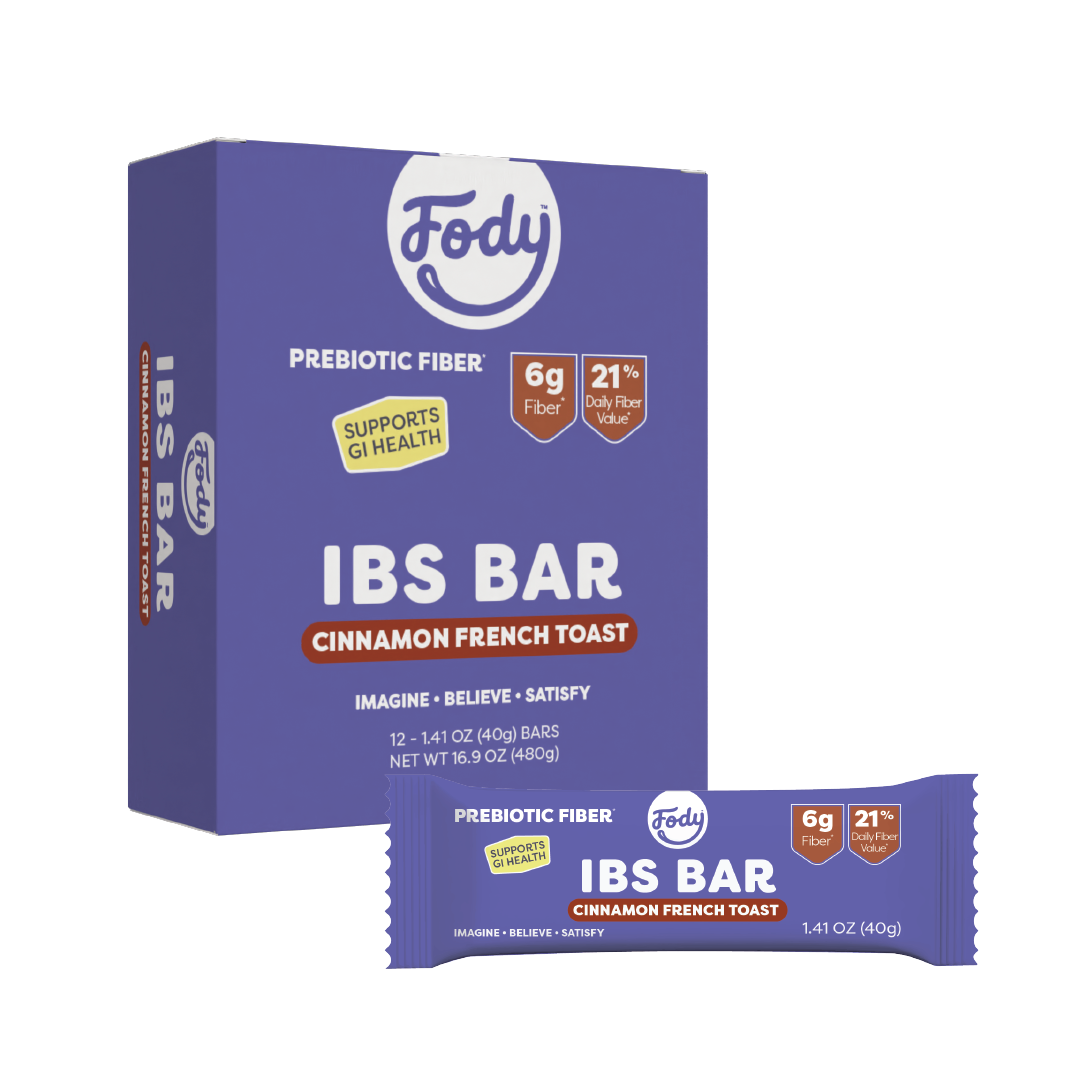
 Cinnamon French Toast High Fiber Snack Bar - 12 Pack
Cinnamon French Toast High Fiber Snack Bar - 12 PackCinnamon French Toast High Fiber Snack Bar - 12 Pack
$32.99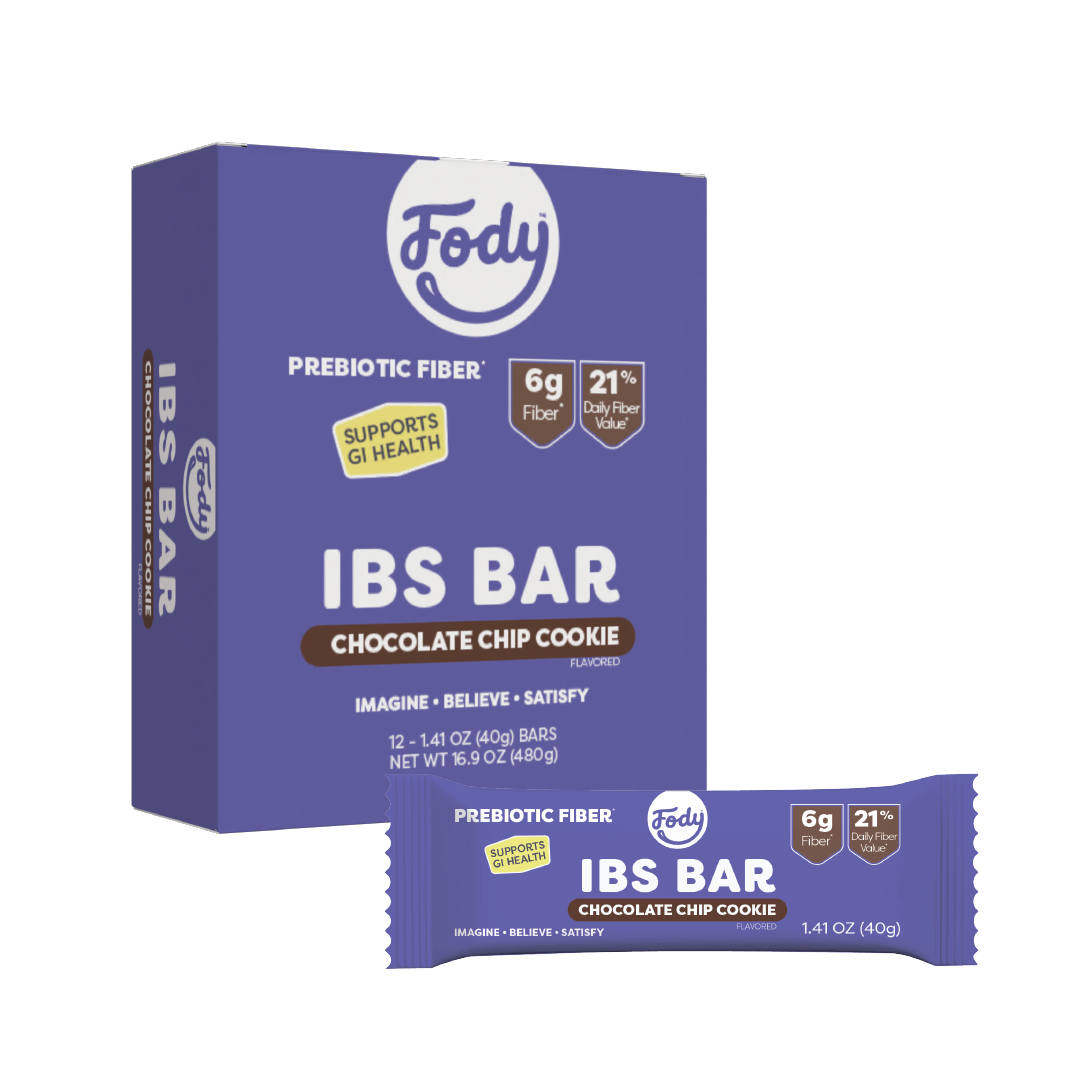
 Chocolate Chip Cookie High Fiber Snack Bar - 12 Pack
Chocolate Chip Cookie High Fiber Snack Bar - 12 PackChocolate Chip Cookie High Fiber Snack Bar - 12 Pack
$32.99











